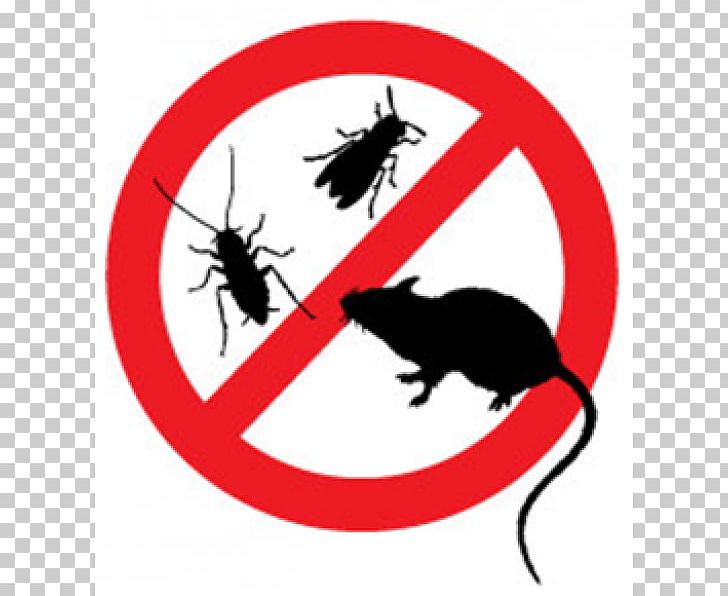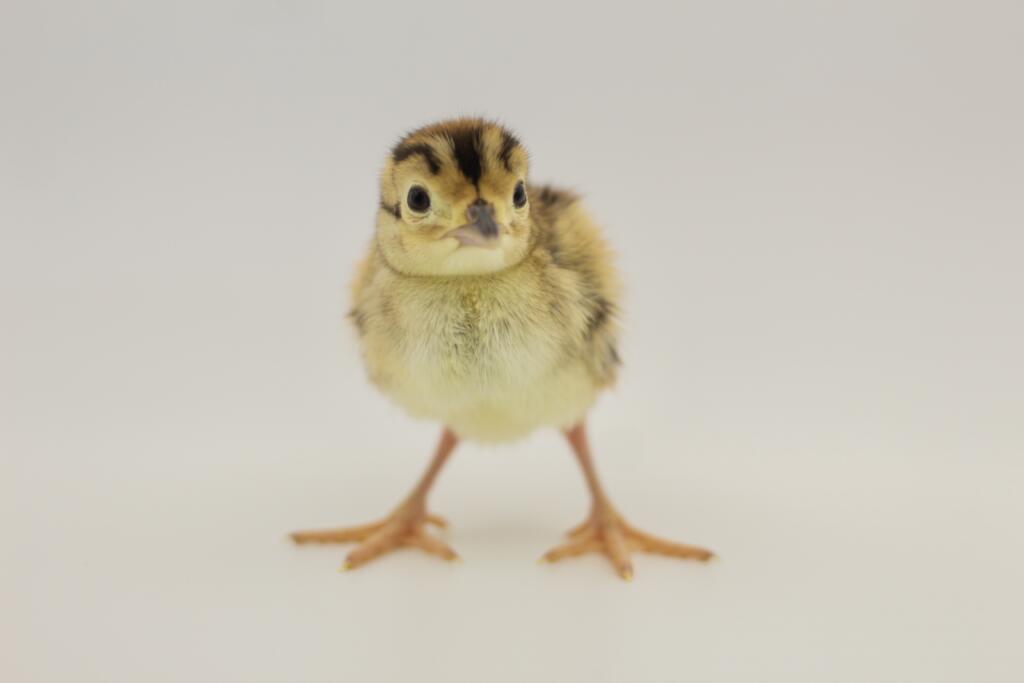Feeder Space For Chicks And Mature Birds
Once a chick hatches, it is vital to get them to begin feeding as soon as possible. Not only does it give their bodies the proper nutrients required, but it also gets them into the habit of feeding. This is crucial in preventing any potential starve-out. Beginning when they are young, and continuing until they receive mature bird status, there are some things you can do to promote healthy feeding patterns.
During the first week of life, the more food you have available, the better. We suggest feeder flats as they provide an ample amount of food for multiple chicks. The flat also create a large enough space for the chicks to eat at their leisure, and constantly reinforces healthy eating patterns.
Once they reach a week old, you can transition them to an automatic feeder. Starting at this stage, you want to make sure you have appropriate feeder space for all your birds, at all times. This helps to prevent cannibalism amongst your pheasants. If you begin seeing some of the smaller birds with blood on the tips of their wings and/or tail, you want to quickly reevaluate your feeding situation. These signs of cannibalism will not go away until something changes.
For chicks, we suggest you have a ratio of two feet of feeder space per 50 chicks. This comes down to roughly .3-.5 linear inch per chick. Once they become a mature bird, .7 linear inch per bird is recommended. You also are going to want to make sure that you have fresh water always available, as well as a properly maintained and monitored heat lamp so that the birds are comfortable and want to eat.
By following the recommended feeder spacing, you are increasing the health and chances of your birds’ survival dramatically. Their bodies are better able to fight off disease as well as ward off larger birds and other predators. Once you get this down, you are on your way to hatching pheasant eggs and breeding high quality pheasants.
Related Posts
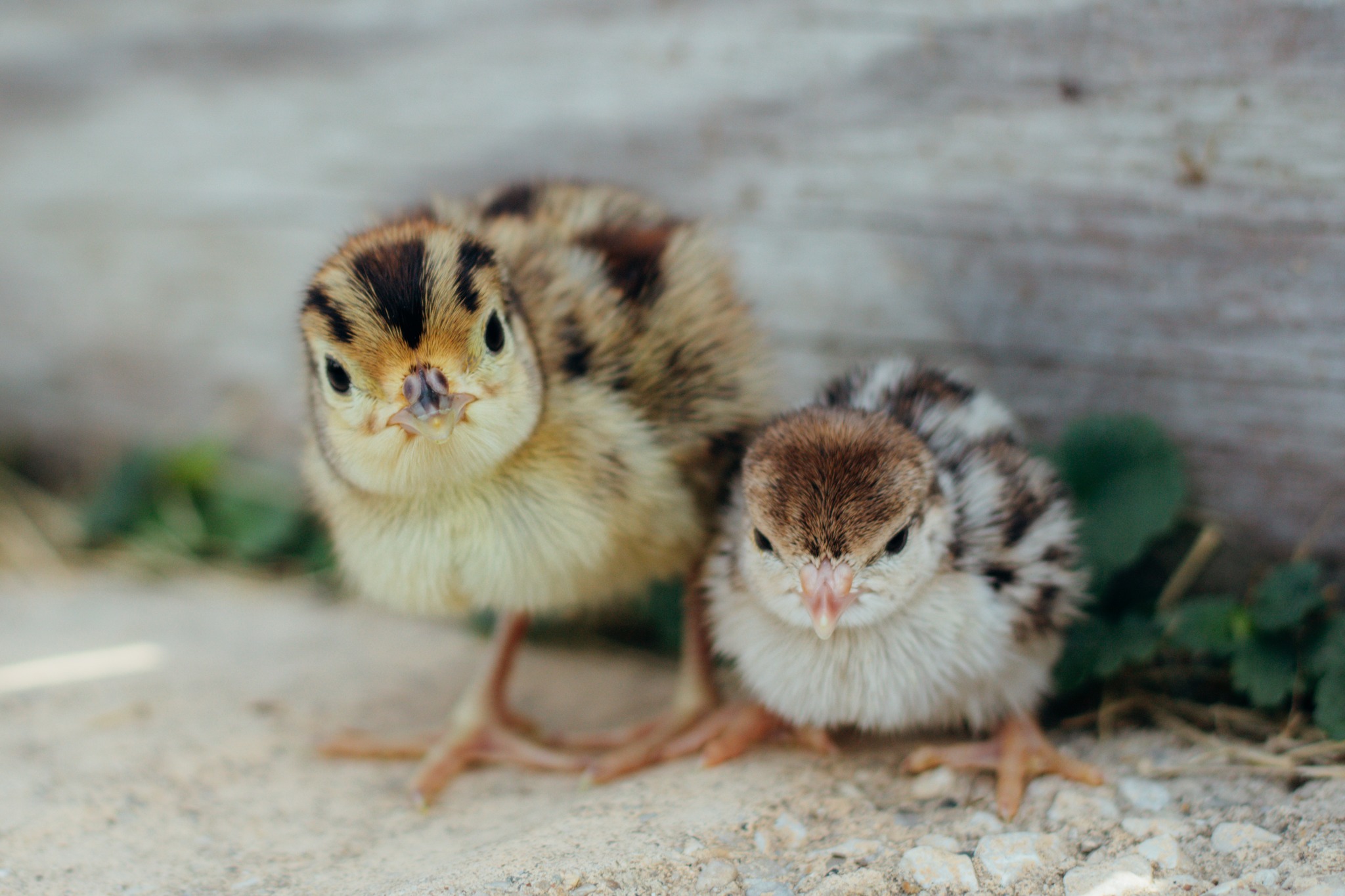
Shipping Chicks Safely During Cold Weather Months
Read Post
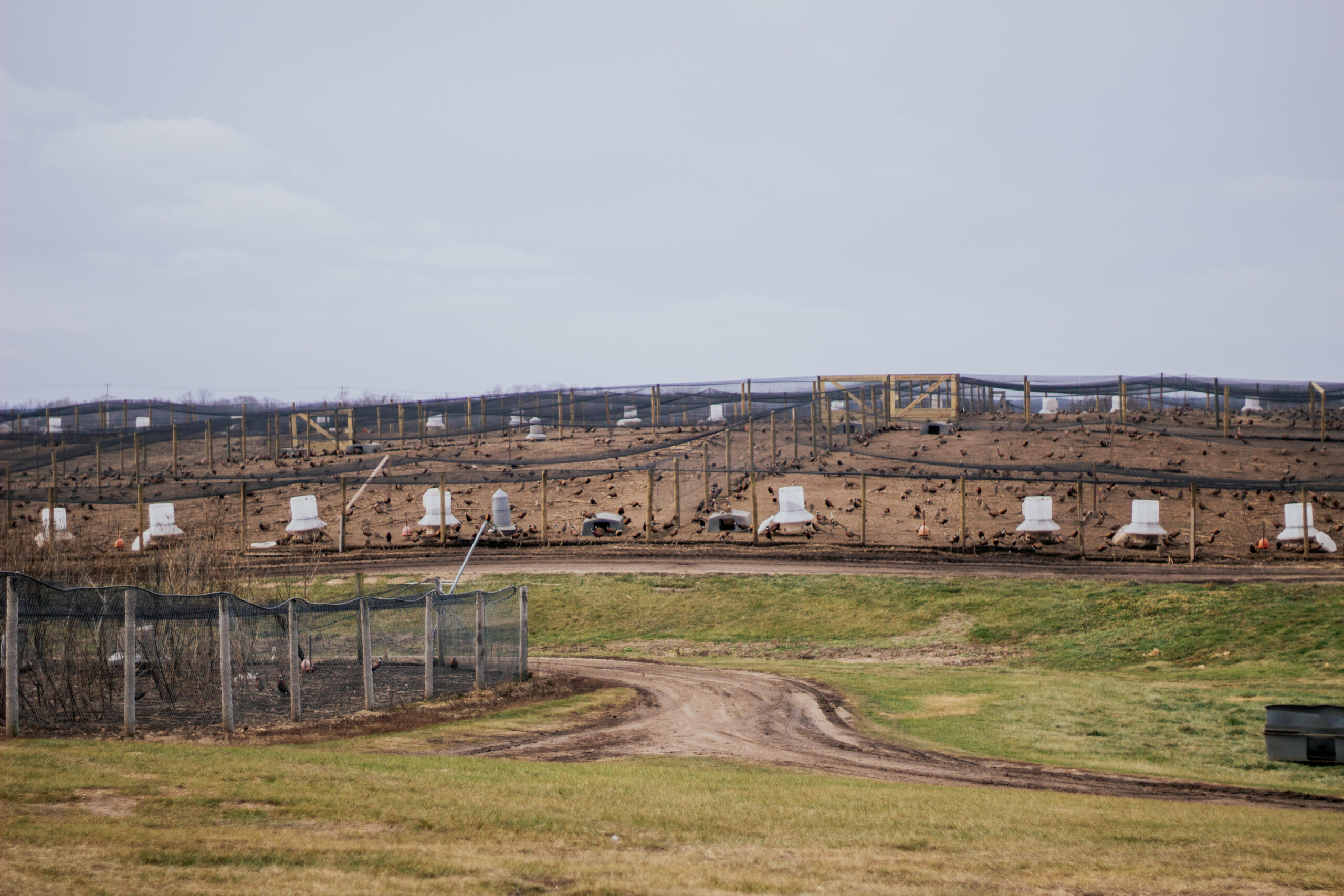
Preparing Our Barns & Pens Each Spring
Read Post
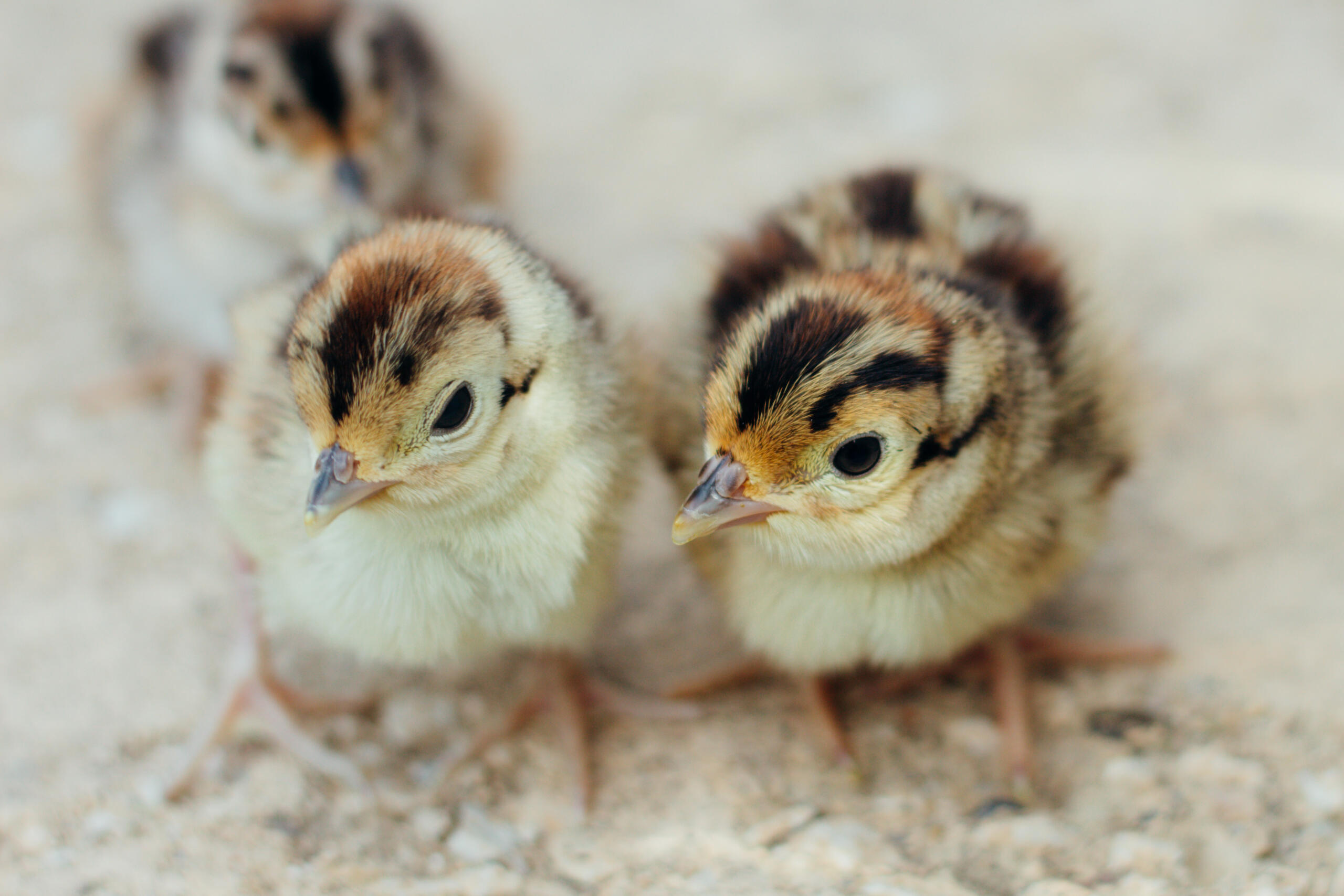
A Comparison of Hatch Data Between Two Different Genetic Types of Pheasants
Read Post

Hatchery News at MacFarlane Pheasants
Read Post
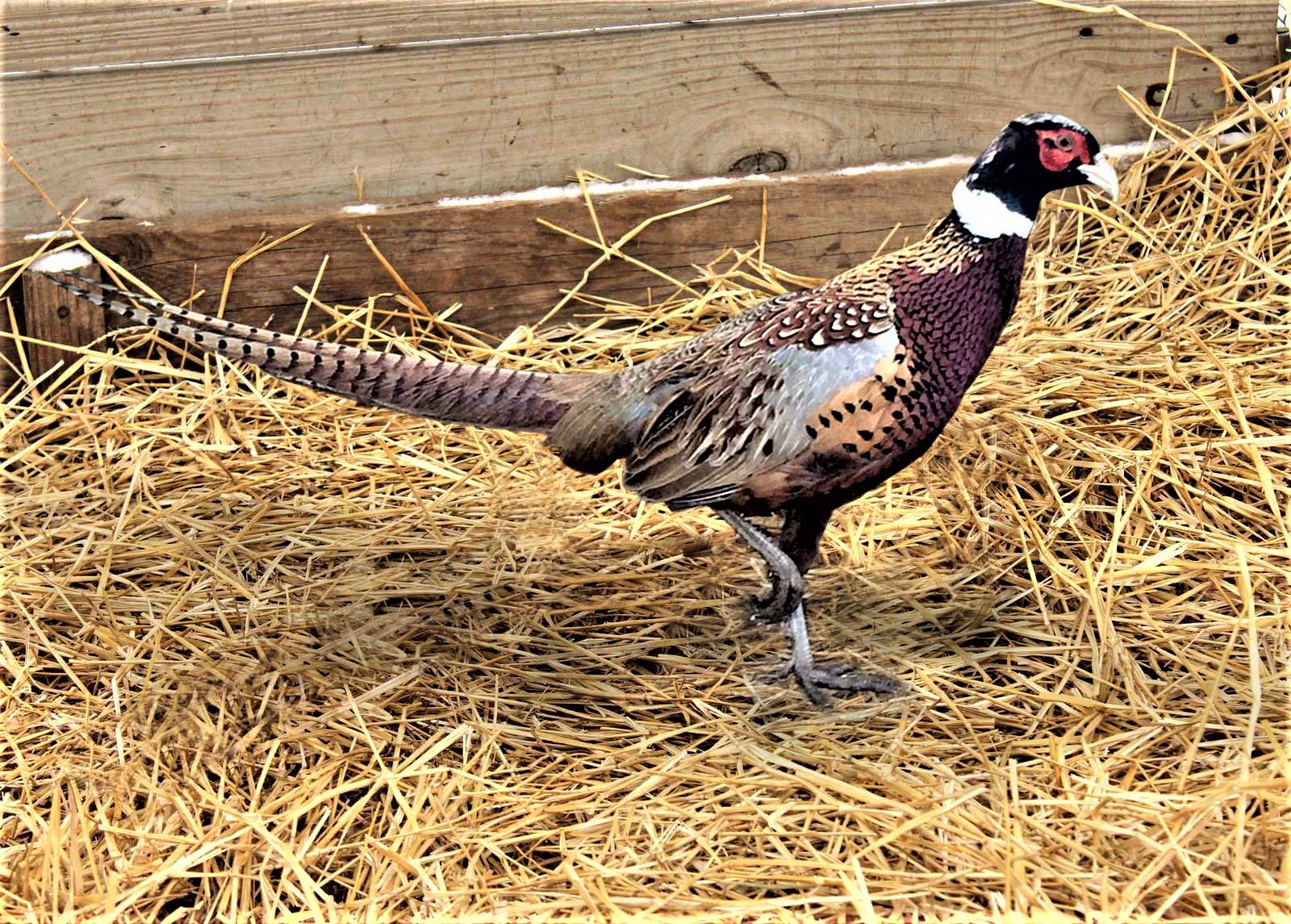
Our Milton Farm in 2024!
Read Post
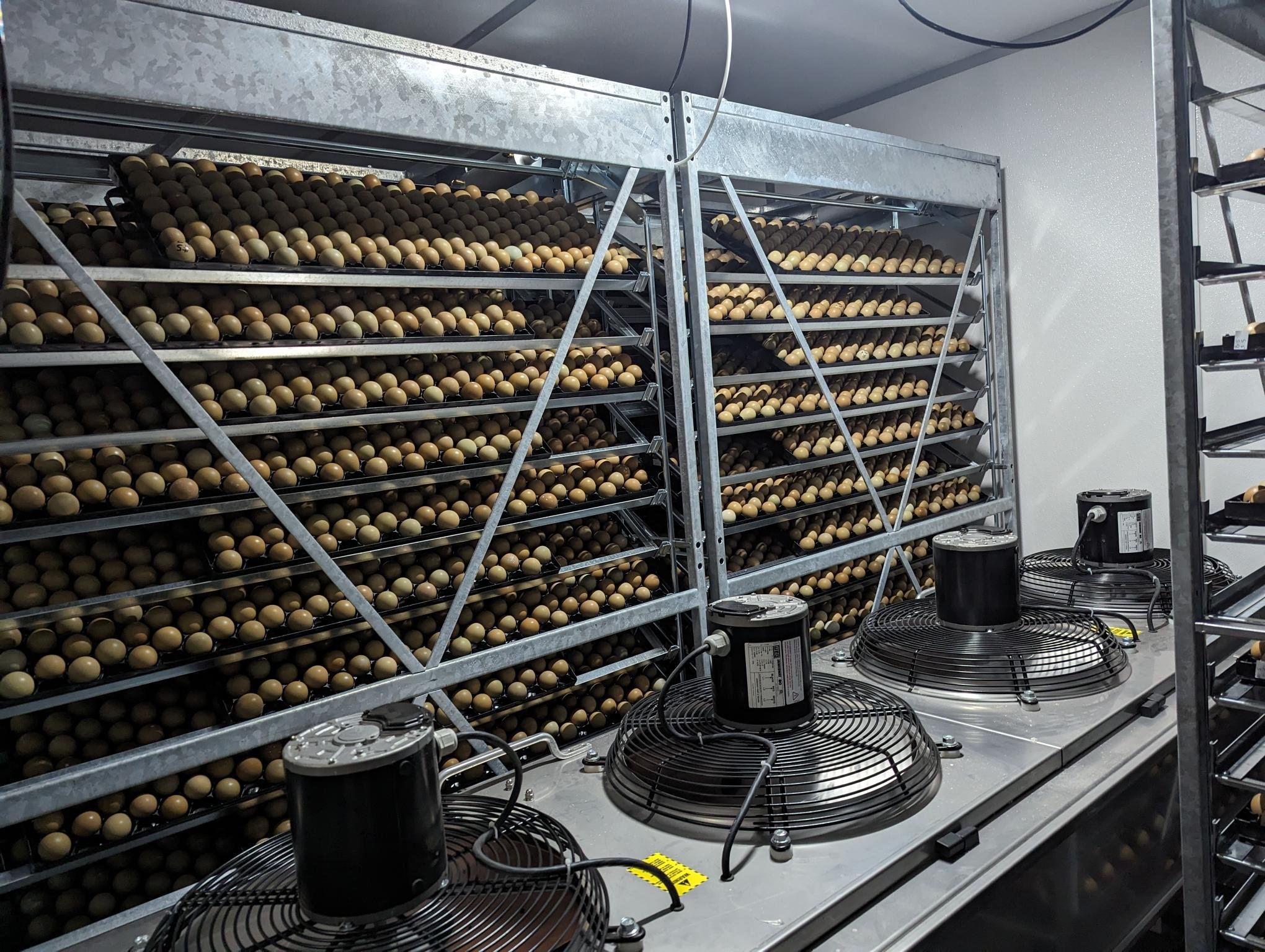
10 Hatching Tips for Incubating Pheasant Eggs Successfully
Read Post
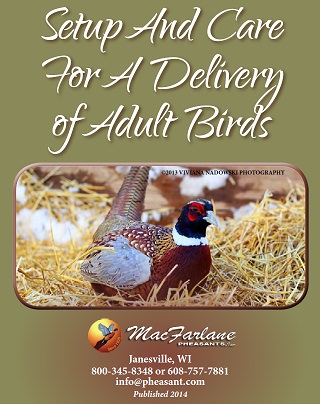
10 Steps to Prepare for a Delivery of Mature Game Birds
Read Post

4 Steps to Keeping Pheasants Healthy in Winter
Read Post
Take Advantage of These Free Resources
As the biggest game bird farm in the United States, we want to share our experience with you. Download our free resources below and get started.


